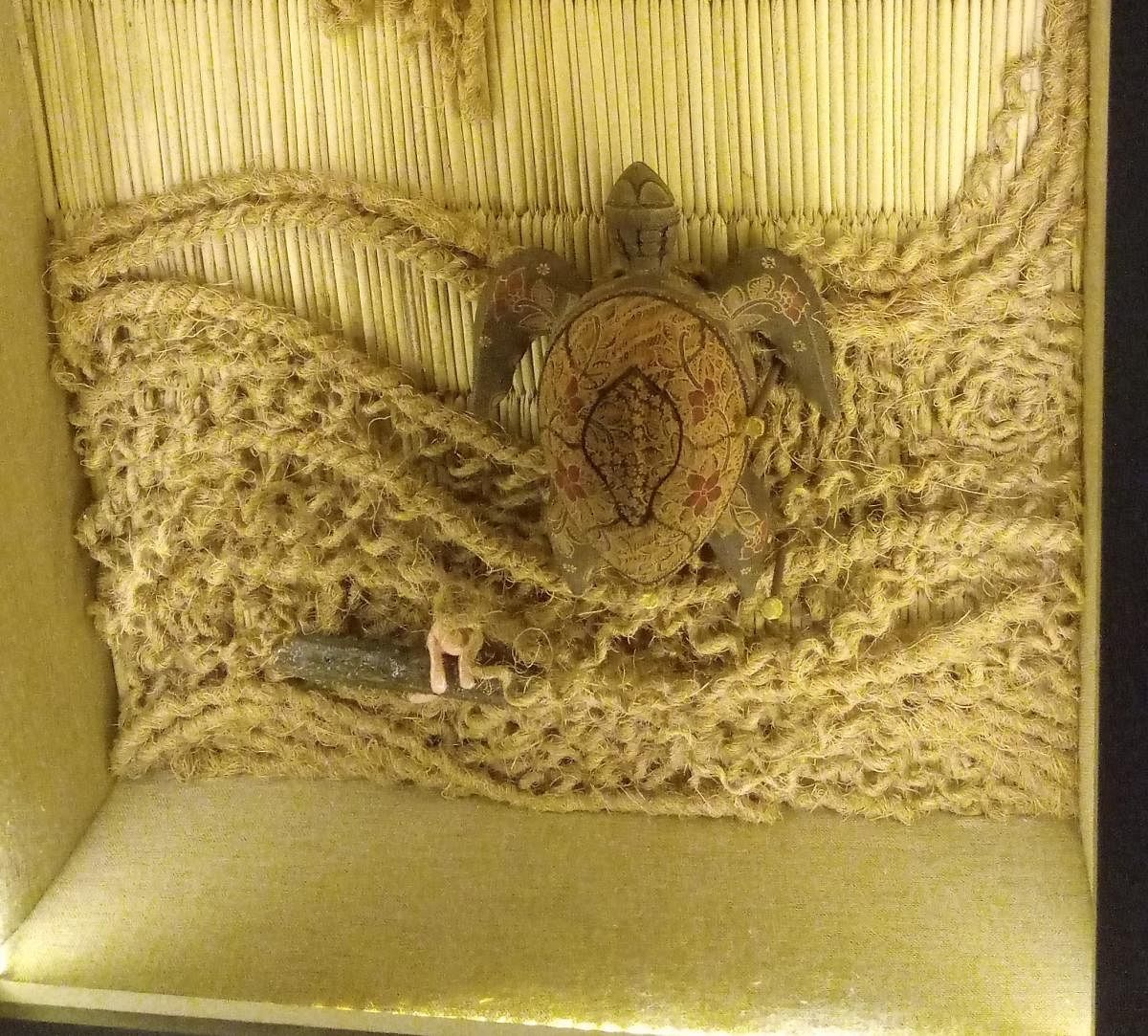
Sea turtles, the slow-moving creature that is known for its beauty, is one of the most interesting marine reptiles found in our seas. They have evolved around 110 million years ago and remain mostly unchanged, they bring valuable insight to the earth’s past. As a charismatic species, they are ambassadors for their ecosystems and bring attention to conservation efforts.
With Earth Day on April 22, let’s understand this creature which is a beautiful link between the land and sea. They also play an amazing role in maintaining the health of our oceans and also balance marine food webs by facilitating nutrient cycling from water to land.
An exhibition titled ‘Arribada: A gathering of stories, cultures, and interactions with sea turtles’, held recently at the WWF-India’s Goa office and organised by WWF-India, in collaboration with Dakshin Foundation and Aradhana Seth had a variety of artefacts on display. These are turtle inspired and are a collection of three avid conservationists and collectors namely — Aradhana Seth who is an art director, Dr Sejal Worah, Programme Director at WWF-India in New Delhi and Dr Kartik Shanker, an ecologist and founder trustee of Dakshin Foundation.
At the exhibition, which used recyclable material and discarded single-use plastic in its construction, the artefacts were placed in 25-odd boxes and had nuggets of information that spoke about the mysterious world of sea turtles, raising knowledge and awareness for wildlife protection and conservation. It had stories from history, biology, culture, conservation, and people associated with sea turtle research, mainly in India.
J Vijaya’s work.
PHOTOS BY AUTHOR
Nesting period
The exhibition also coincided with the turtle nesting period in Goa, which is held between October and March. This event is known as ‘Arribada’ (a Spanish word for arrival), which was also the name of this exhibition. These turtles travel from the offshore waters of Sri Lanka via Tamil Nadu and Andhra Pradesh to nest in large numbers along the beaches of Odisha. The other species that does mass nesting is the Kemp’s Ridley. India’s coastal waters contain four species of sea turtles, all listed as endangered under the Indian Wildlife (Protection) Act, 1972. These include the Green, Hawksbill, Leatherback, and Olive Ridley, with the ridleys being the smallest in size. The Olive Ridley are also the only species exhibiting the phenomena of mass nesting in India and the Indian mass nesting population of Olive Ridleys is globally the largest rookery.
The exhibition also had information about the conservationists from India who studied these sea turtles and helped in their conservation. It mentioned J Vijaya, who was India’s first female herpetologist. Her photos of hundreds of turtle carcass on Odisha’s coast published in a magazine, led to then Prime Minister Indira Gandhi involve the Odisha Coast Guard in the protection of this species. Vijaya also re-discovered a forest cane turtle after 67 years of it being recorded. She passed away in the year 1987. In the year 2006, the species which she had re-discovered was named after her as ‘Vijayachelys Silvatica’.
Rugged life
The life of a sea turtle is full of uncertainty and challenges. Like the sex of the sea turtle depends on the temperature during the incubation of the eggs. Eggs exposed to higher temperature produces female and lower temperature males. The balance in the sex ratio is maintained by nesting at different times of the year or on different beaches. But, now due to climate change, this balance is getting affected as we may witness more female turtles due to a rise in temperature. A threat to sea turtles will directly impact the marine ecology in general.